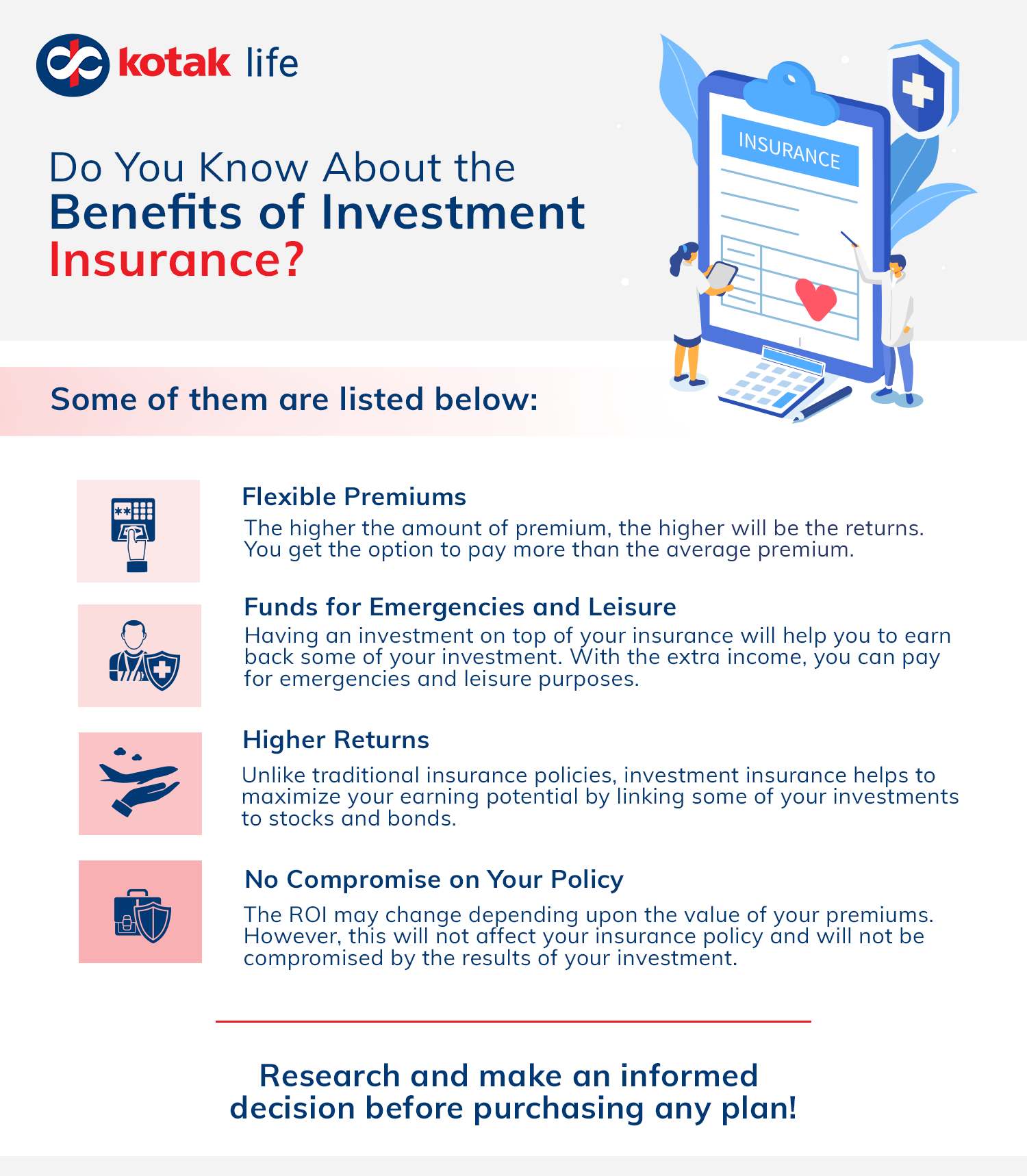What Does Pacific Prime Mean?
What Does Pacific Prime Mean?
Blog Article
8 Easy Facts About Pacific Prime Described
Table of ContentsEverything about Pacific PrimeAll about Pacific PrimeAn Unbiased View of Pacific PrimeThe Ultimate Guide To Pacific PrimeExamine This Report about Pacific Prime

This is because the data were collected for a duration of strong economic efficiency. Of the approximated 42 million individuals that were uninsured, almost regarding 420,000 (about 1 percent) were under 65 years of age, the age at which most Americans end up being qualified for Medicare; 32 million were adults in between ages 18 and 65, around 19 percent of all adults in this age; and 10 million were children under 18 years old, about 13.9 percent of all kids (Mills, 2000).
These price quotes of the number of individuals uninsured are produced from the yearly March Supplement to the Current Population Study (CPS), conducted by the Census Bureau. Unless otherwise noted, national estimates of people without medical insurance and percentages of the populace with various kinds of insurance coverage are based on the CPS, the most commonly made use of source of estimates of insurance policy protection and uninsurance prices.
What Does Pacific Prime Do?

Still, the CPS is specifically beneficial since it creates annual estimates relatively quickly, reporting the previous year's insurance coverage estimates each September, and due to the fact that it is the basis for a regular set of quotes for greater than twenty years, enabling evaluation of patterns in protection gradually. For these reasons, as well as the comprehensive use of the CPS in various other research studies of insurance protection that are presented in this record, we depend on CPS estimates, with constraints noted.

The estimate of the number of without insurance individuals broadens when a populace's insurance policy status is tracked for several years. Over a three-year period starting early in 1993, 72 million individuals, 29 percent of the U.S. https://www.find-us-here.com/businesses/Pacific-Prime-Agoura-Hills-California-USA/34031837/. populace, were without protection for a minimum of one month. Within additional hints a single year (1994 ), 53 million individuals experienced at the very least a month without protection (Bennefield, 1998a)
Six out of every ten without insurance grownups are themselves employed. Although functioning does boost the chance that one and one's family participants will certainly have insurance coverage, it is not an assurance. Even participants of families with 2 permanent breadwinner have almost a one-in-ten opportunity of being uninsured (9.1 percent without insurance price) (Hoffman and Pohl, 2000).
The 3-Minute Rule for Pacific Prime
New immigrants make up a significant percentage of individuals without health and wellness insurance. One analysis has connected a significant part of the current development in the size of the united state uninsured population to immigrants who showed up in the nation between 1994 and 1998 (Camarota and Edwards, 2000). Recent immigrants (those who pertained to the USA within the previous four years) do have a high rate of being uninsured (46 percent), however they and their kids make up just 6 percent of those without insurance coverage country wide (Holahan et al., 2001).
The partnership in between medical insurance and access to care is well developed, as recorded later on in this phase. Although the relationship between medical insurance and health results is neither direct nor basic, a considerable medical and health and wellness solutions research study literary works links medical insurance coverage to better accessibility to care, much better quality, and boosted personal and population health standing.
Degrees of analysis for checking out the impacts of uninsurance. It concentrates especially on those without any kind of health insurance policy for any size of time.
A Biased View of Pacific Prime
The problems encountered by the underinsured are in some areas comparable to those encountered by the without insurance, although they are normally less extreme. Wellness insurance policy, nevertheless, is neither required nor enough to get access to medical solutions. The independent and direct effect of wellness insurance coverage on access to wellness services is well developed.
Others will obtain the healthcare they need also without medical insurance, by spending for it expense or seeking it from suppliers who supply care complimentary or at extremely subsidized prices. For still others, health and wellness insurance alone does not make sure receipt of care due to the fact that of other nonfinancial obstacles, such as an absence of health and wellness treatment providers in their area, limited accessibility to transport, illiteracy, or linguistic and social differences.
Rumored Buzz on Pacific Prime
Formal research study concerning without insurance populations in the United States dates to the late 1920s and early 1930s when the Board on the Cost of Healthcare created a collection of records about funding physician office sees and hospitalizations. This problem came to be salient as the numbers of medically indigent climbed during the Great Anxiety.
Report this page